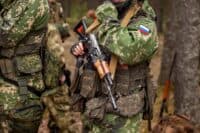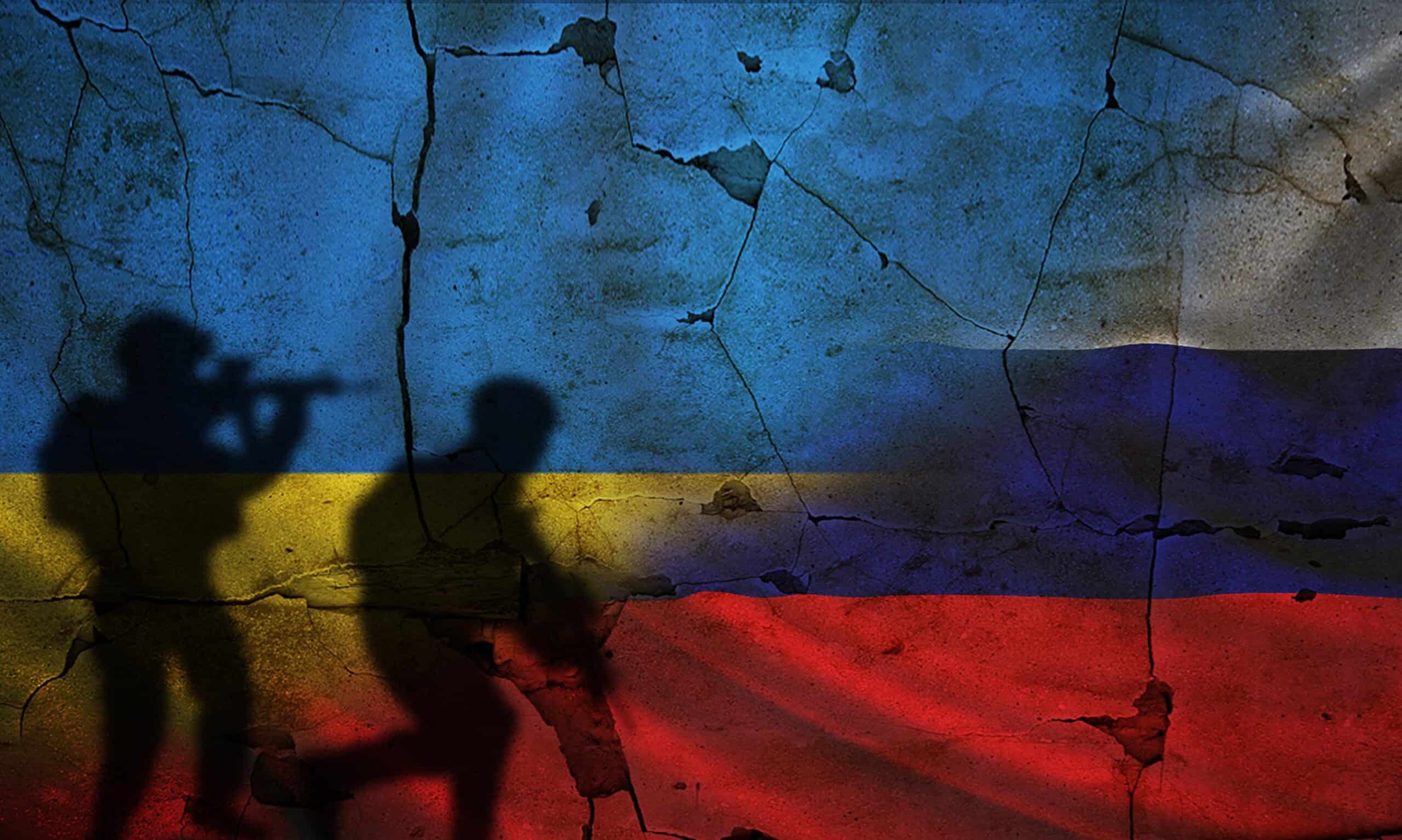
Russia’s 2022 invasion of Ukraine was supposed to be a swift and straightforward military victory for Moscow. However, Ukraine’s unexpectedly fierce resistance blunted Russia’s advance and led to a stalemate nearing its third year. Russia is still well short of its objectives and Ukraine’s desire to regain lost ground is equally far off. Short of a mutually unsatisfying peace agreement, there seems to be little prospect for either Moscow or Kyiv to attain their war aims in the next 12 months.
Is the Russia-Ukraine War another example of a never-ending war? This article will examine what the term means, the history behind it, and how it might apply to the war in Ukraine.
Why This Matters
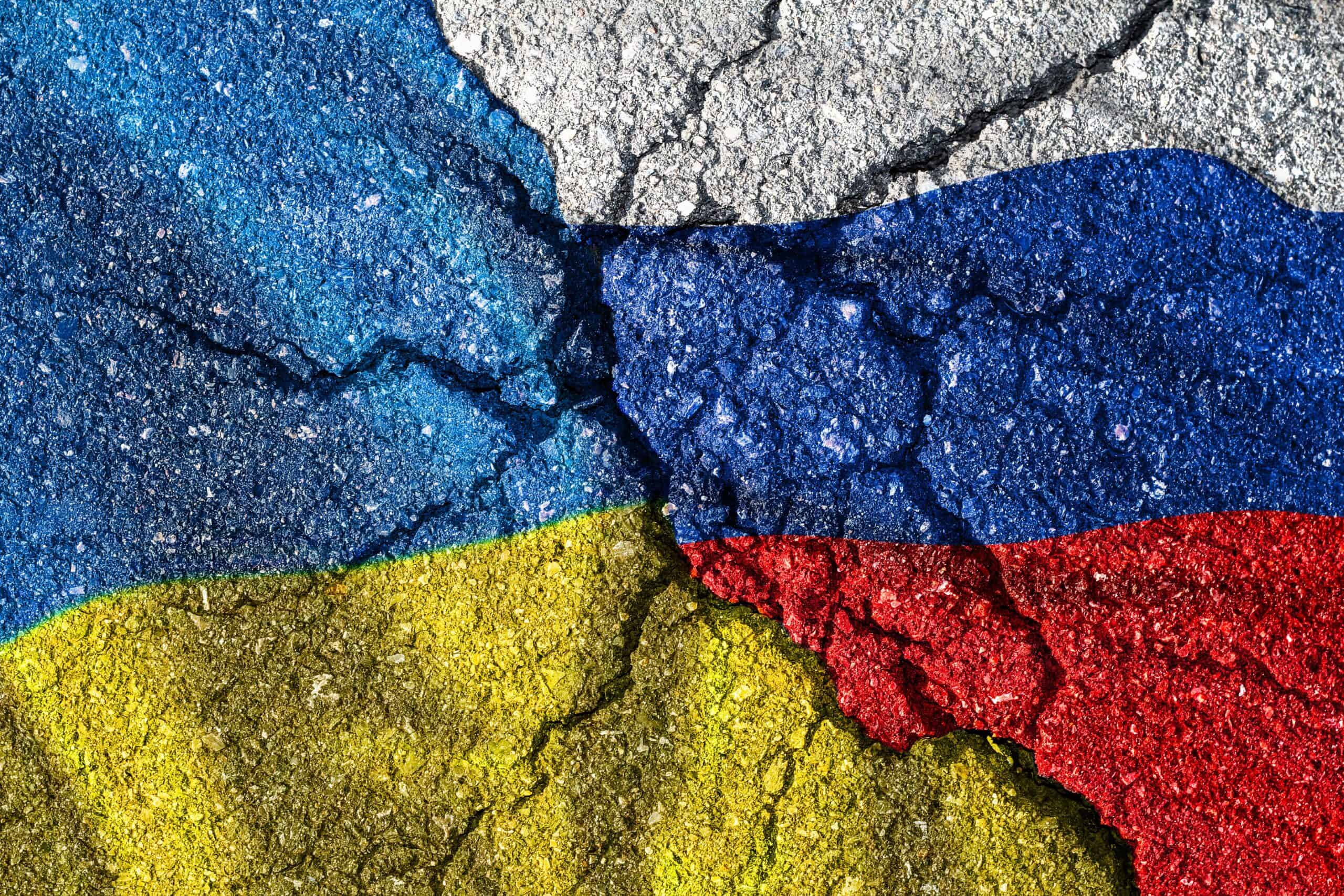
Ukraine’s continued resistance depends on foreign aid, especially from the United States. Yet with no immediate end to the war in sight, the question of continuing to support Ukraine becomes more difficult politically. On the Russian side, a great deal of blood and treasure has been spent with little to show for it. It’s important to understand what constitutes a never-ending or forever war and what can be done about it.
Defining Never-Ending War
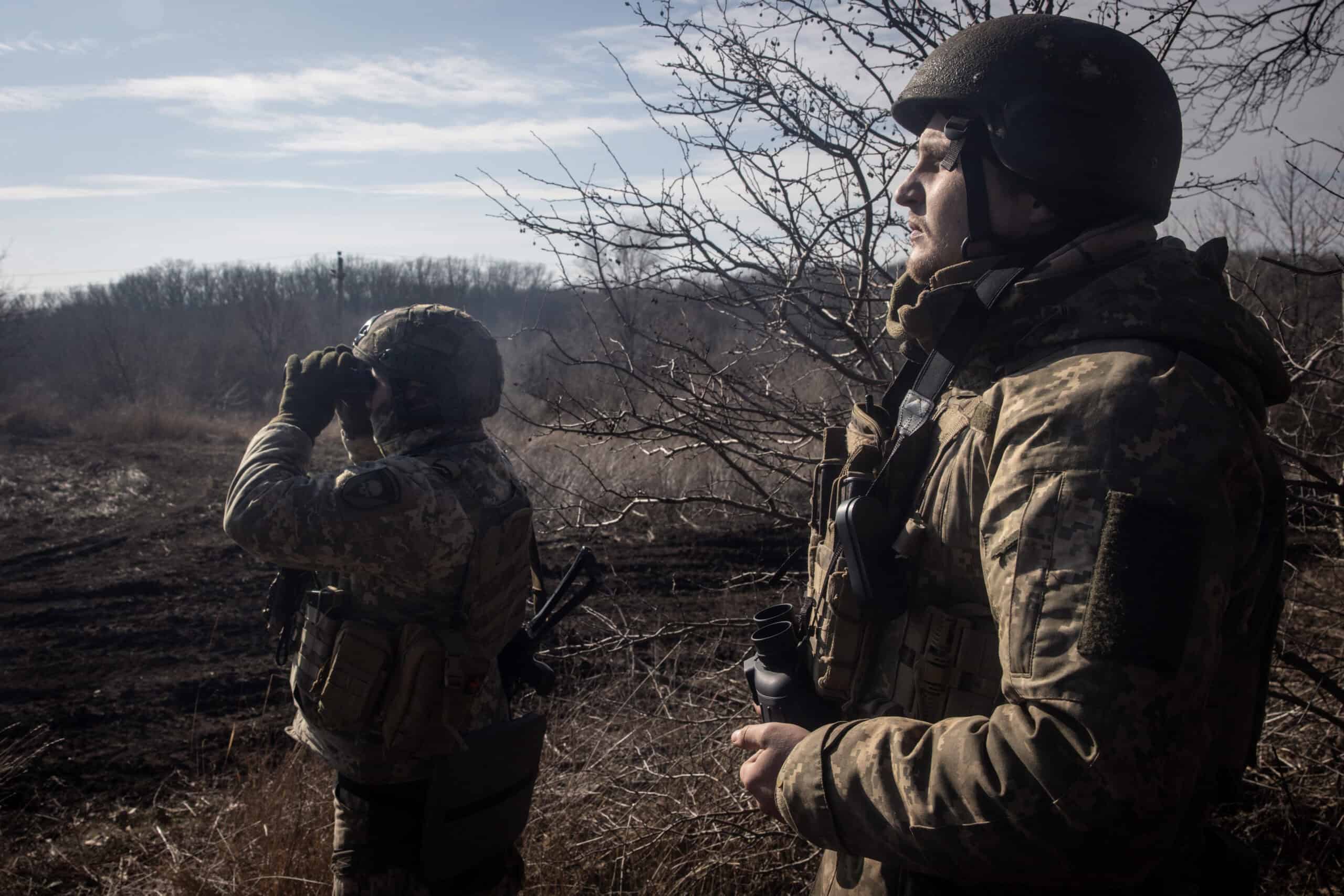
A ‘forever war’ is not literal. Even the longest conflicts have to end someday. The term gained more widespread use after 9/11 as it applied to the global war on terror but it has much older examples. A never-ending war should not be confused with a protracted conflict, the distinction is subtle but important.
World War One seemed like a never-ending war at the time. The deadlock of the Western Front did not appear to have an answer as waves of British, French, and German soldiers were thrown away for little territorial gain. Yet the Great War had a definitive end goal the Allies managed to achieve. The Central Powers ultimately capitulated unconditionally after four years.
A “never-ending war” has two key characteristics that separate it from a long war. The first is that the belligerent has a war aim that it cannot meet militarily yet continues to fight. The second is that though the aggressor does not have the means to achieve total victory, they’re not in any serious danger of total defeat either.
Historical Examples
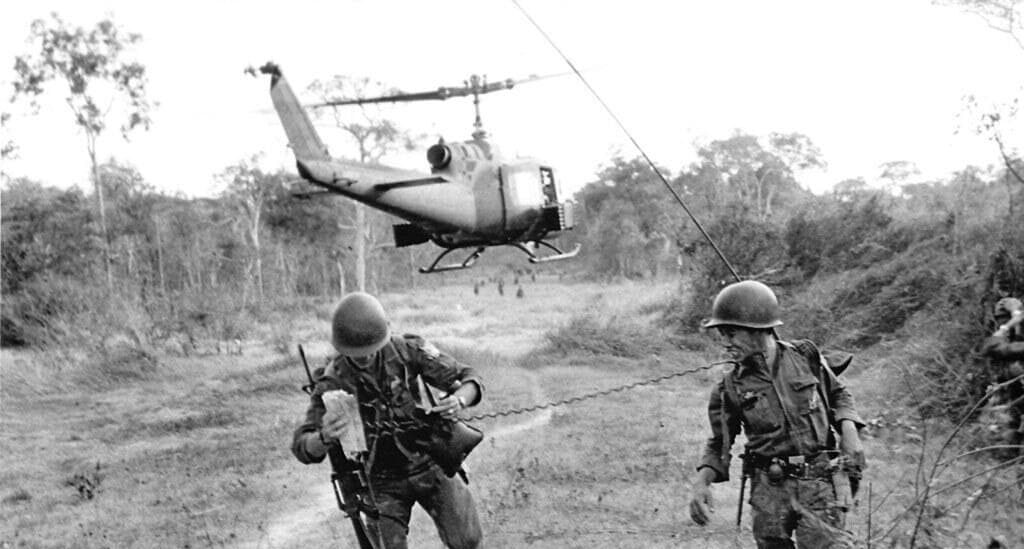
Though the concept of a never-ending war is usually applied to 21st-century conflicts, there are older historical examples. The Vietnam War fits both the earlier described criteria for a forever war. The United States’ objective was to prevent the spread of communism in Southeast Asia and to prop up a weak ally but the means to achieving that goal were unclear. While American forces struggled to find a path to victory they were never in danger of defeat. The lopsided casualty figures for that war demonstrate how poorly the North Vietnamese fared against the US military. The NVA lost at least ten times as many soldiers as the US and South Vietnam during the 1968 Tet Offensive.
The Soviet intervention in Afghanistan is another good example of a never-ending war. Soviet forces fought a grueling campaign in central Asia with no end in sight. After nine years of futile warfare, Mikhail Gorbachev chose to plug the “bleeding wound” and remove the Soviet 40th Army from the fray. Similarly, the American-led venture in Afghanistan failed after 20 years. The US forces had little trouble in battle but could not achieve their strategic objectives. Russia’s ongoing intervention in Syria is symptomatic of a never-ending war, Russian forces will remain in the war-torn nation for the foreseeable future.
Russia’s War Aims
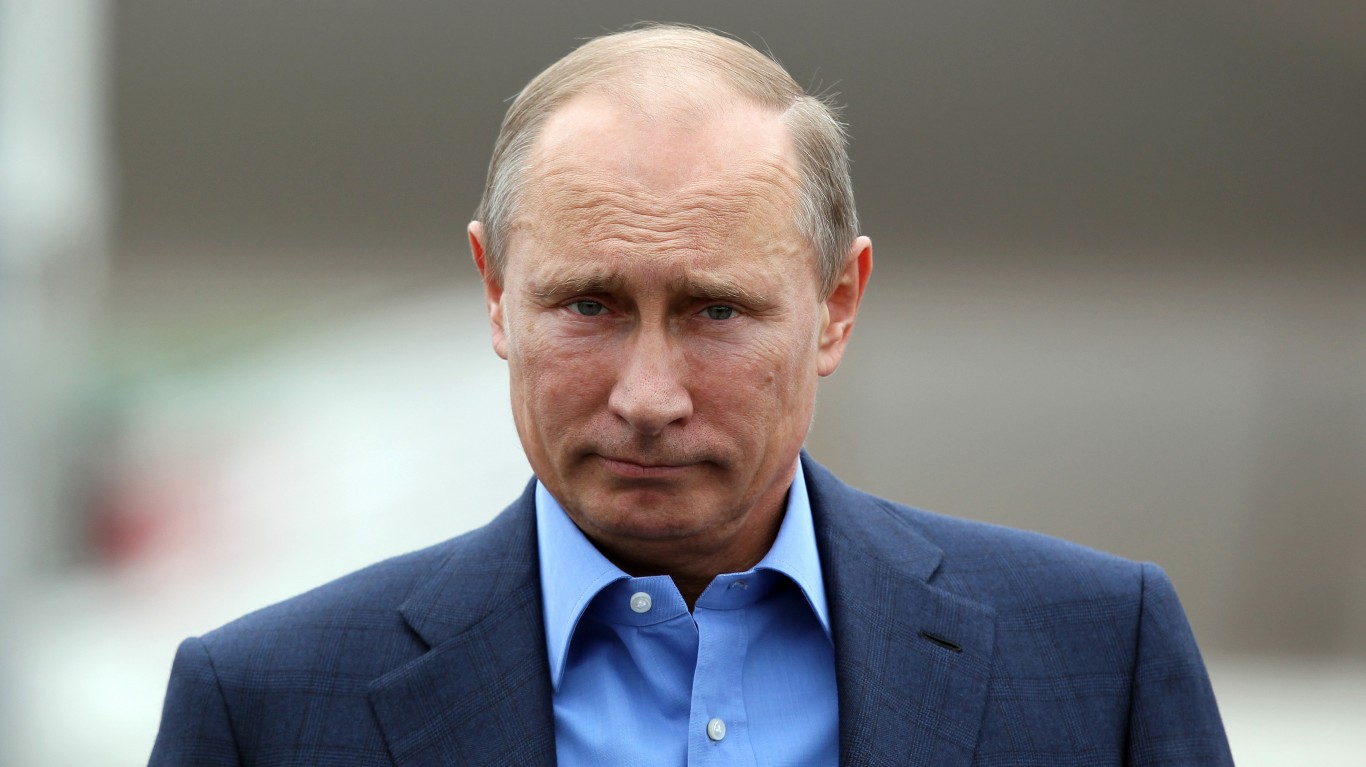
What exactly does Russia want from Ukraine? Ahead of the 2022 invasion, Russian President Vladimir Putin insisted the “special operation” was to protect the people of Donbas. As he said in a public address as the invasion began:
The goal is the protection of people (in the Donbas) who have been subject to persecution and genocide at the hands of the regime in Kyiv. To achieve that end, we will seek the demilitarization and denazification of Ukraine and to bring to justice those who committed numerous murderous crimes against civilians, including citizens of the Russian Federation.
This flimsy casus belli causes confusion among the Russian people but the opaque reasoning allows Moscow some much-needed flexibility at the negotiating table. Because the swift victory over Kyiv did materialize, Russia needed to revise its principal war aims. Even months into the war, the Kremlin struggled to articulate what the invasion was even for.
Russia’s aims have evolved as the war has dragged on and while there may be a few end scenarios Putin would contemplate, there are some clear red lines. One is Ukraine’s postwar ambition to join NATO, an outcome Russia wouldn’t easily accept. Russia will likely seek to formally annex most if not all of the territory it currently occupies in east Ukraine. Putin may push a friendlier regime in Kyiv if his position is strong enough. As a small concession, Moscow will not stand in the way of what remains of Ukraine joining the European Union.
Ukraine’s War Aims
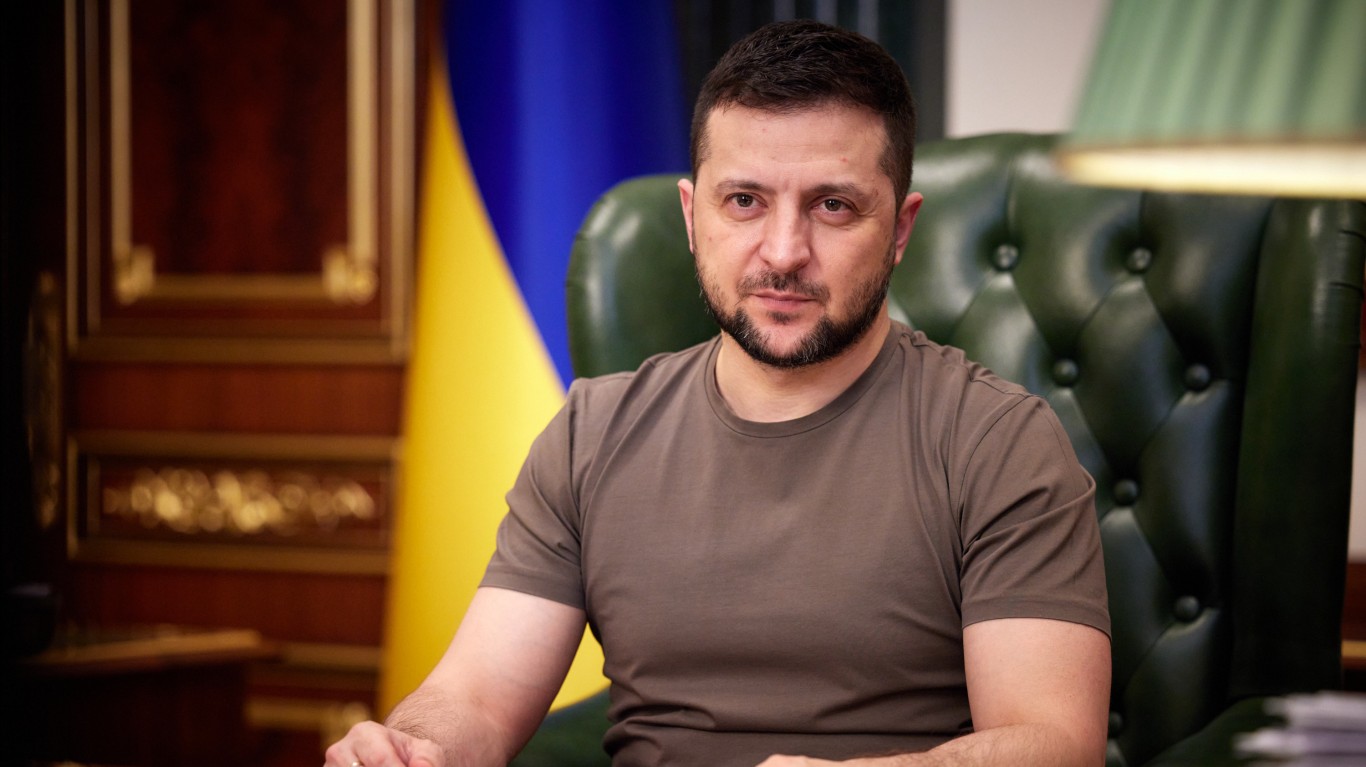
Ukraine seeks “total victory” in the war with Russia. Volodymyr Zelenskyy outlined a ten-point plan for peace at the end of 2022. Of the ten points, no.5 is the most important yet contentious: the complete restoration of Ukrainian territory which he said was not open to negotiation. Ukraine wants the complete withdrawal of Russian forces and a special tribunal to prosecute Russian war criminals. Given the troubled history between the two nations, it is only natural that Kyiv will want strong future guarantees against renewed Russian aggression. Ukraine sees its future lies with the West, it seeks to join NATO and the European Union after the war concludes.
Russia’s Strategy
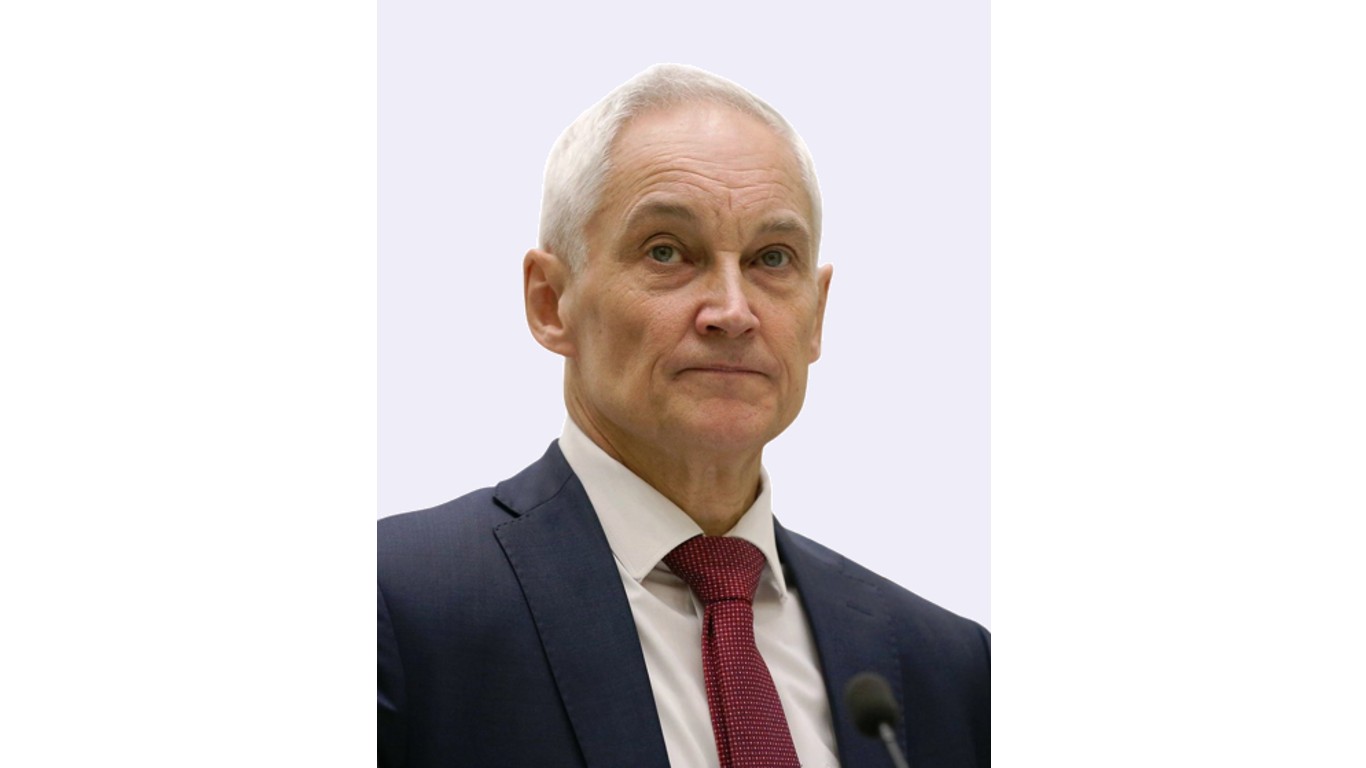
After the botched invasion failed to deliver a quick victory, Russia changed tack. Rather than outright conquest, Moscow is gradually wearing down Kyiv’s ability to resist. Putin fired his long-serving Defense Minister, Sergei Shoigu, in May 2024. Andrei Belousov took Shoigu’s place. The appointment of an economist rather than a general shows Russia’s long-term plans. Belousov will work to mobilize Russia’s wartime economy and significantly boost drone production.
Russia seeks to break Ukraine’s will to resist by around 2026. Russia is losing equipment and men at an alarming rate but slowly gaining ground in the east. However, Ukraine’s Kursk incursion has drawn men away from the front and the arrival of F-16s and long-range munitions could further complicate Moscow’s war plans.
Ukraine’s Strategy
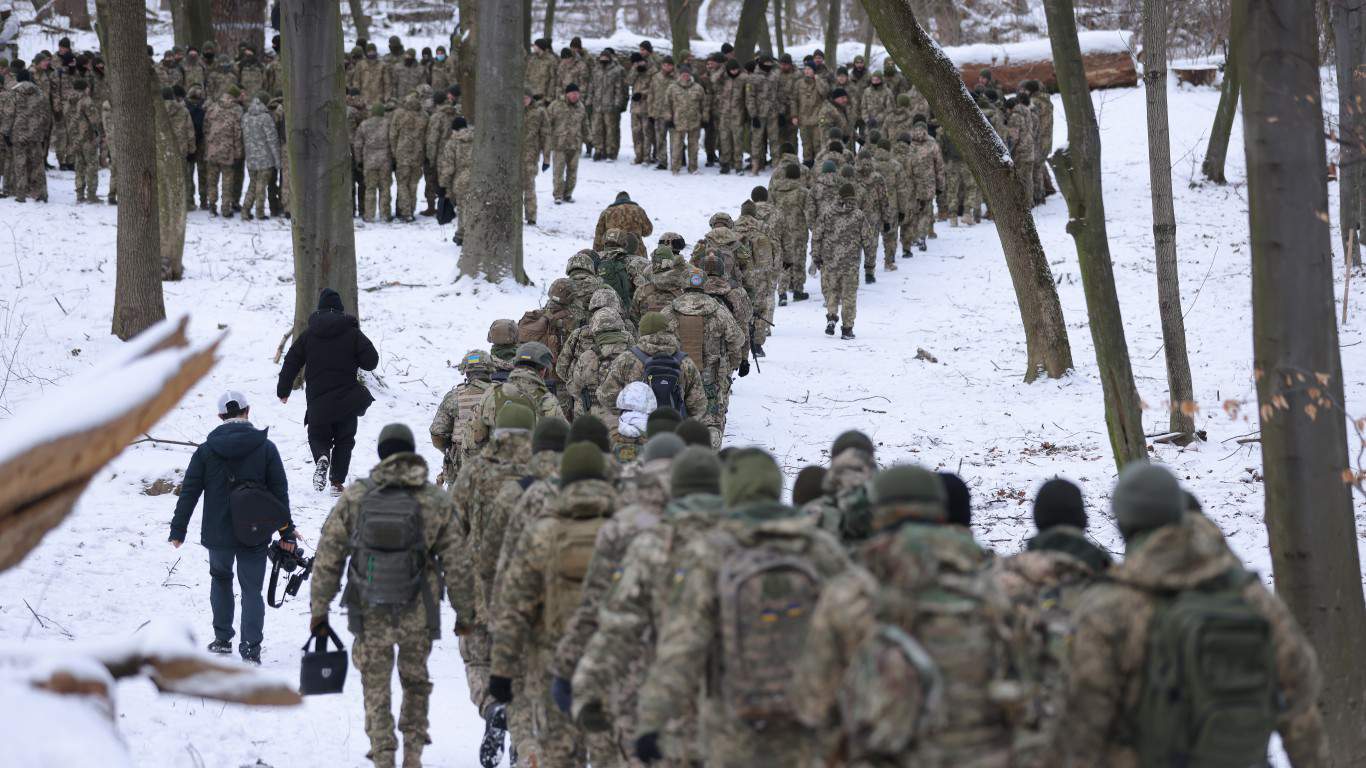
Ukraine resisted the Russian onslaught with surprising ferocity, defying expectations Kyiv would quickly fall. However, Ukraine lacks the industrial capacity and manpower to resist Moscow indefinitely without outside help. Aid from NATO members, especially the United States, has kept Ukraine in the fight. However, there are limits to this support. The rise of right-wing populists in Europe threatens to slow down or even halt the flow of supplies and modern weapons to Kyiv.
Ukraine’s other major concern is its dwindling manpower, its forces skew much older than most. The average age of the soldiers fighting for Ukraine is 43, Kyiv wanted to keep its younger generations intact for the future. Conscription applied to those aged 27-60 but a new law lowered that to 25. Ukraine’s other problem is the troops already in uniform, some have been fighting for two years and cannot go on much longer. However, the situation means they can’t easily be pulled from the front to rest.
Ukraine’s gamble in Kursk seems to be paying off. Russia was forced to redeploy troops away from the east and may yet serve as a vital bargaining chip in future peace negotiations.
Future Prospects
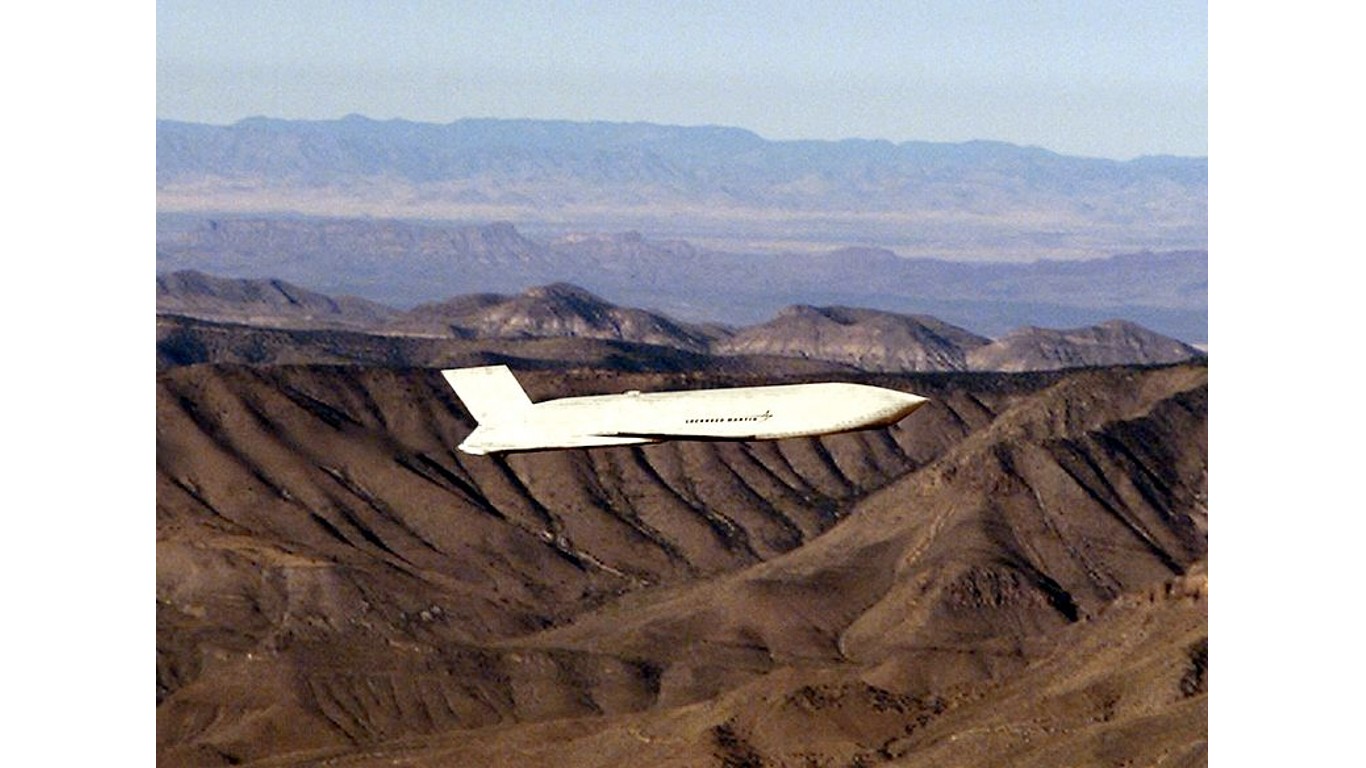
Neither Russia nor Ukraine can keep this war effort up indefinitely. Ukraine’s dogged resistance and ability to seize the initiative means any Russian success won’t come cheaply. However, Ukraine is losing too many men and is badly short of munitions. Foreign aid will keep Ukraine in the fight but that continued support faces an uncertain future.
Russia is counting on Ukraine’s support falling and grinding down Kyiv’s resistance in the next 12-18 months. The two states are still well apart in what they would accept in a peace deal. If Ukraine’s source of aid is cut off, it may be forced to accept an unfavorable peace deal. Equally, Russia may be forced to the negotiating table if Ukraine’s will is not broken by the end of 2026.
Putin has warned NATO against supplying long-range munitions to Ukraine and removing any restrictions on their use. Kyiv will naturally argue this a bluff and the Kursk incursion showed an apparent red line can be crossed with impunity. Still, NATO does not want the war to escalate into a wider conflict so may still advocate for a restrained approach. Other NATO members, such as Hungary and Turkey, are not particularly hostile towards Moscow and would mediate a peace deal. The question is whether a deal is feasible in the current climate. Russia is making gains in the east but slowly and Ukraine’s invasion of Kursk complicates matters.
The Price For Peace
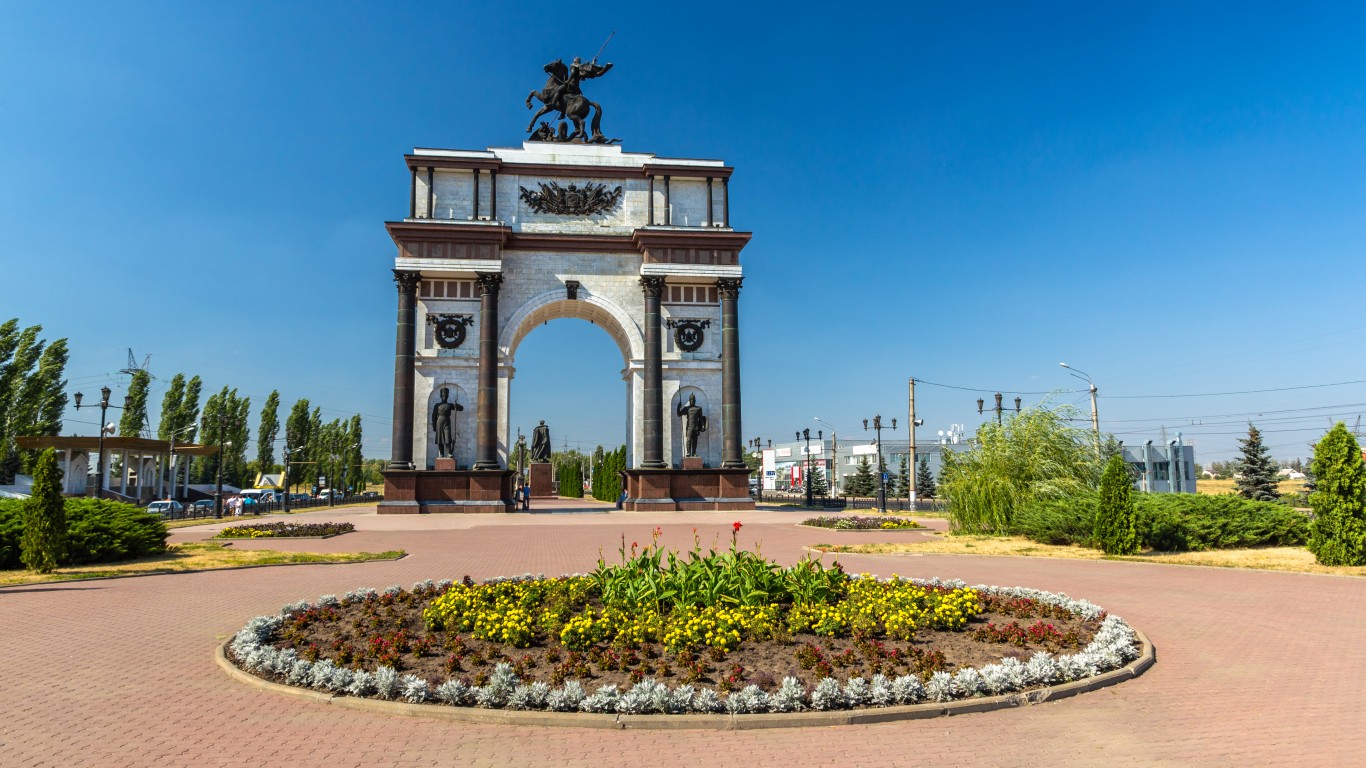
Russia might be tempted to cash out before fully breaking Ukraine but in doing so, may lose its only opportunity to fully impose its will and secure its borders. Ukraine will also realize that any peace deal cut with Russian troops still inside its borders won’t be favorable. Kursk could be a key bargaining chip to regain at least some lost land. NATO membership for Ukraine is another area where a deal will be hard to come by. Ukraine will strongly desire it as a means to safeguard its future while Russia would only accept that under extreme duress.
Conclusion
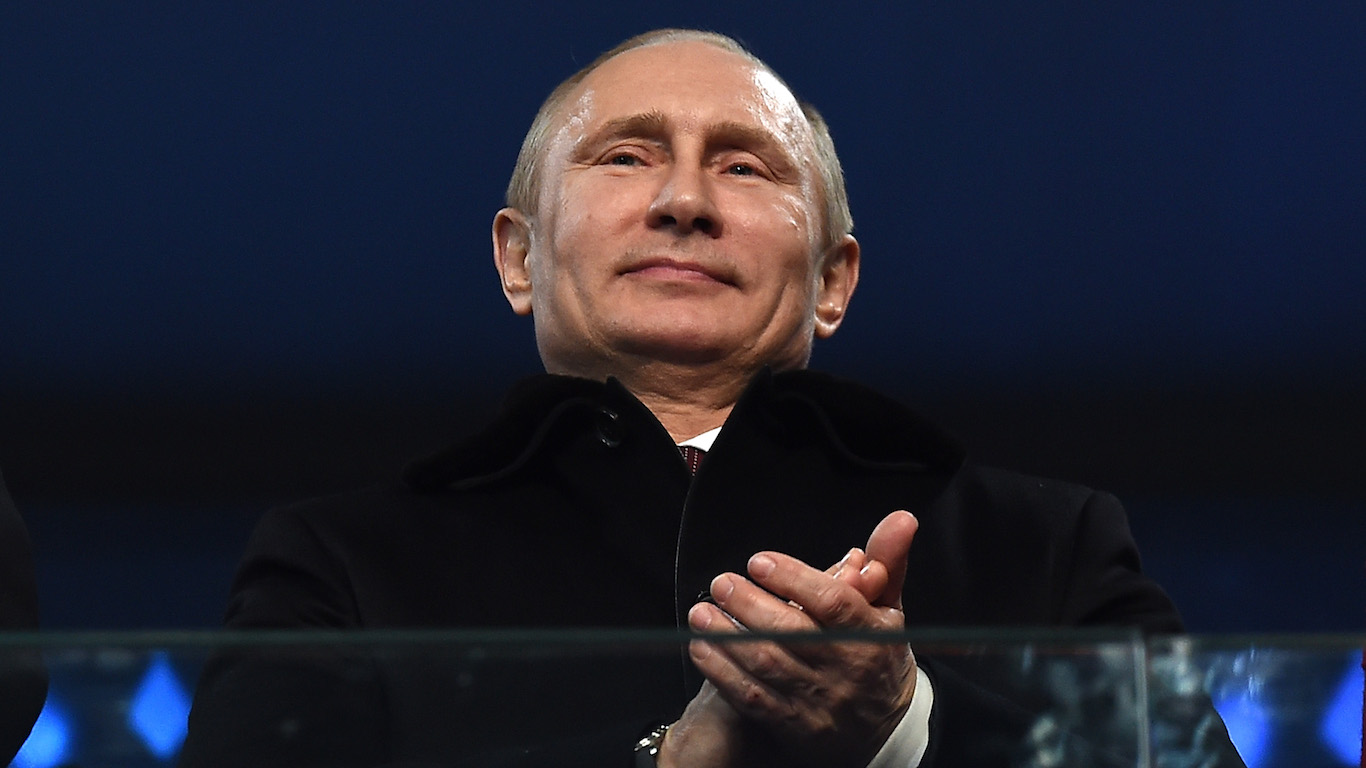
The war between Ukraine and Russia appears to have some of the characteristics of a never-ending war. Russia and Ukraine are both a long way from achieving their goals. Ukraine won’t give up territory easily but lacks the manpower to regain lost ground. Without foreign aid, which is wavering in some countries, Kyiv will not sustain its resistance forever. Russia has suffered heavy losses without gaining much ground since the war began. Russia’s pivot to a war of attrition is an acknowledgment that Ukraine is proving to be a much tougher nut to crack than anticipated in 2022. Russia is certainly feeling the pain of this conflict but is not under any real threat of total defeat. Ukraine can scarcely man its borders and maintain its presence in Kursk. There is no prospect of Ukraine invading Russia and overthrowing Putin’s regime.
Russia is still short of achieving its military goals but a temporary stalemate isn’t the same thing as a never-ending war by the definition offered earlier. Russia does have the means to defeat Ukraine, and Ukraine does have the means to outlast Russia if properly supported by the West. Things can change very quickly in war but it’s unlikely Russia and Ukraine will cease hostilities soon. The belligerents have goals and can achieve them, it will just take time and the war’s outcome hangs in the balance.
Take Charge of Your Retirement In Just A Few Minutes (Sponsor)
Retirement planning doesn’t have to feel overwhelming. The key is finding expert guidance—and SmartAsset’s simple quiz makes it easier than ever for you to connect with a vetted financial advisor.
Here’s how it works:
- Answer a Few Simple Questions. Tell us a bit about your goals and preferences—it only takes a few minutes!
- Get Matched with Vetted Advisors Our smart tool matches you with up to three pre-screened, vetted advisors who serve your area and are held to a fiduciary standard to act in your best interests. Click here to begin
- Choose Your Fit Review their profiles, schedule an introductory call (or meet in person), and select the advisor who feel is right for you.
Why wait? Start building the retirement you’ve always dreamed of. Click here to get started today!
Thank you for reading! Have some feedback for us?
Contact the 24/7 Wall St. editorial team.



